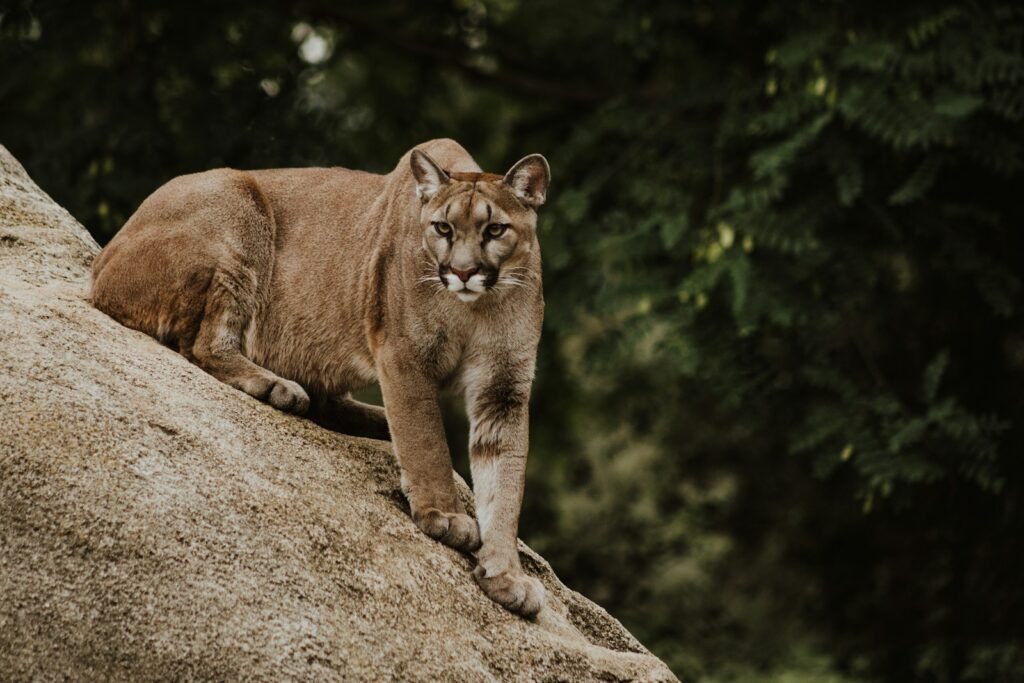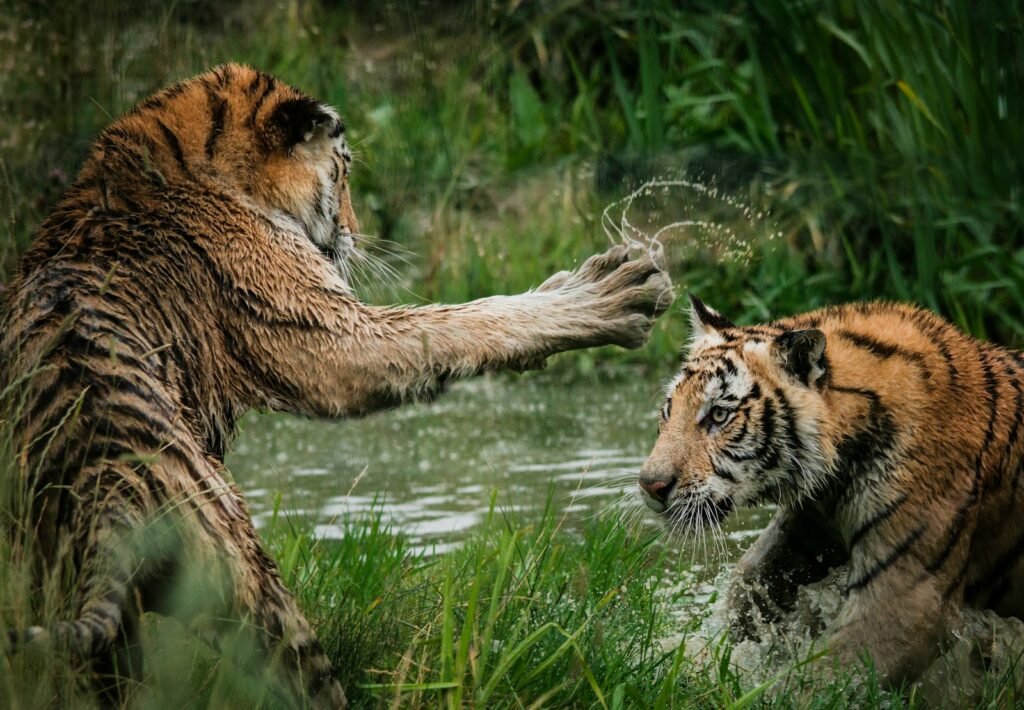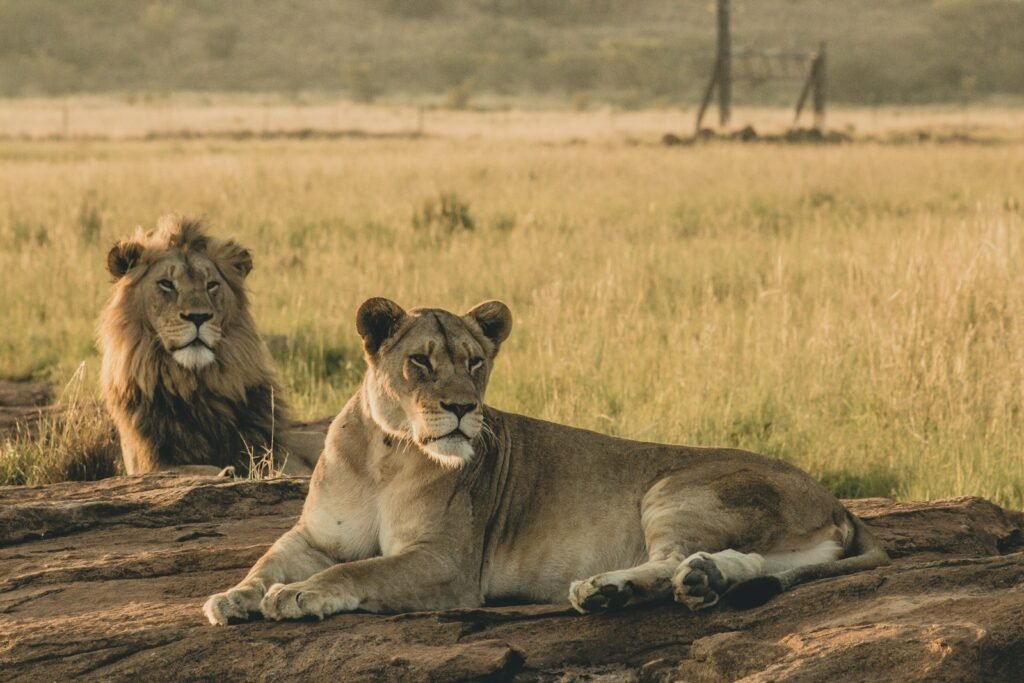Big cats, including lions, tigers, leopards, and cheetahs, play a critical role in maintaining the balance of ecosystems across the globe. As apex predators, they have a substantial impact on the food chain, influencing the structure and health of their habitats.
Defining Apex Predators

Apex predators are at the top of the food chain. They have no natural predators, which allows them to control the populations of other species in their ecosystems. This control helps maintain the balance necessary for a diverse range of living organisms to thrive.
Population Control

Big cats help regulate the populations of herbivores and smaller predators. By keeping herbivore numbers in check, they prevent overgrazing and ensure the availability of vegetation. This also helps allow smaller predators to have a sustainable food source, decreasing competition and promoting biodiversity.
Prey Dynamics and Evolution

The presence of big cats influences prey behavior and evolution. Prey species must adapt their behaviors, such as altering herd sizes or movement patterns, to avoid predation. Over time, this leads to evolutionary changes which improve the fitness and survival of prey species.
Impact on Vegetation

By managing herbivore populations, big cats indirectly affect vegetation. Healthy plant communities rely on controlled grazing to avoid overconsumption, which safeguards resources for a variety of other plant and animal species. This balance supports the overall health of the ecosystem.
Indirect Benefits for Other Species

Big cats also provide indirect benefits to other species by keeping the ecosystem balanced. For instance, the carcasses left by big cats become a food source for scavengers and decomposers. This nutrient recycling is crucial for maintaining the health of the environment.
Preventing Disease Spread

By preying on the weakest and sickest individuals, big cats help reduce the spread of disease within prey populations. This natural form of population control ensures that healthier individuals survive and reproduce, maintaining a robust gene pool.
Economic and Cultural Importance

Beyond their ecological roles, big cats contribute to local economies through ecotourism and are significant cultural symbols in many societies. They draw tourists who are interested in nature and wildlife, generating revenue that can support conservation efforts.
Threats to Big Cats

Despite their importance, big cats face numerous threats including habitat loss, poaching, and human-wildlife conflict. These threats can diminish their populations, leading to imbalances in the ecosystems where they play pivotal roles.
Conservation Efforts

Conservation efforts are crucial to preserving big cat populations. These efforts include habitat restoration, anti-poaching measures, and promoting human-wildlife coexistence. Ensuring the survival of big cats is vital for maintaining the health of our planet’s ecosystems.
The Future of Big Cats in the Food Chain

The continued existence of big cats is imperative for the stability and health of various ecosystems globally. Through education, conservation initiatives, and sustainable practices, we can ensure that these majestic creatures remain integral to the food chain for future generations.

Growing up traveling and experiencing new cultures and wonders, I have had a passion for nature, adventuring, photography, and videography. I am currently working towards a BSc in Biodiversity and Ecology at Stellenbosch University, and I hope to specialise in Marine Sciences one day.
Please send any feedback to Feedback@animalsaroundtheglobe.com






